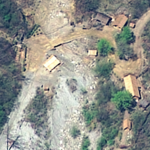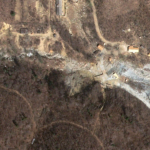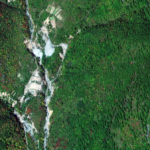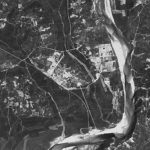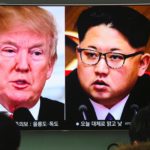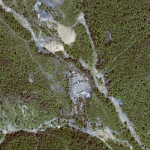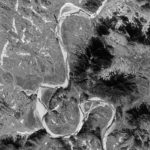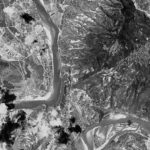May 17, 2022, by Joseph S. Bermudez Jr., Victor Cha and Jennifer Jun—
A high off-nadir satellite imagery collected on May 17, 2022, provides a unique view of the ongoing activity outside the new portal to Tunnel No. 3 (South Portal) and in the main administration and support area of the Punggye-ri Nuclear Test Site... A high off-nadir satellite imagery collected on May 17, 2022, provides a unique and current…
April 28, 2022, by Joseph S. Bermudez Jr., Victor Cha and Jennifer Jun—
Recent satellite image shows indications of ongoing construction work near and inside Tunnel No. 3 at the Punggye-ri Nuclear Testing Site... Satellite image collected on April 25, 2022, provides one of the most detailed and current views of continued activity at the Punggye-ri Nuclear Test Facility....
September 23, 2020, by Victor Cha—
Over the course of 30 elections since 1956, Beyond Parallel measured the period of time before or after an election in which a North Korean provocation happens and found the provocation window has grown more narrow over time. That is, North Korean missile/nuclear tests and other major kinetic provocations have clustered increasingly closer to U.S. elections.
October 17, 2019, by Joseph S. Bermudez Jr. and Victor Cha—
Analysis of satellite imagery of the Punggye-ri Nuclear Test Facility acquired during 2019 and more specifically on September 23rd and October 9th, 2019 shows the facility in caretaker status, likely being maintained by security personnel. While there is no evidence of current efforts to restore any of the nuclear test portals, several observations lead us to believe the facility has not been permanently disabled and that the detonations in May 2018 are not necessarily irreversible.
July 16, 2018, by Joseph S. Bermudez Jr. and Beyond Parallel—
North Korea’s pursuit of a nuclear weapons program is nearly six decades old. While archival documents have previously provided some evidence of North Korea’s intent to build weapons of mass destruction at an early stage in the Cold War, newly declassified satellite imagery from the Central Intelligence Agency gives us a more precise picture of how and exactly when North Korea started developing the fundamental components of its nuclear weapons program.
June 11, 2018, by Victor Cha—
There has been much criticism of President Trump's impulsive actions and the unconventionality of the Singapore Summit. However, absent a complete breakdown of the encounter between the leaders, the summit is likely to produce a negotiation process between the United States and North Korea that will implement the mandates laid out by the leaders on denuclearization, security assurances, and a peace process on the Korean peninsula.
May 21, 2018, by Victor Cha and Lisa Collins—
Newly acquired satellite imagery from May 19, 2018 shows that preparations for the shutdown of the North Korean nuclear test site at Punggye-ri appear to be underway, and that a number of facilities have been shuttered. .. Newly acquired satellite imagery by Beyond Parallel on May 19, 2018 shows that preparations for…
May 14, 2018, by Joseph S. Bermudez Jr. and Beyond Parallel—
The exact origins of North Korea’s nuclear program are still shrouded in mystery despite being the object of study for over twenty-five years. Contrary to common perception, early satellite imagery from the Central Intelligence Agency, taken on December 15, 1962 and June 27, 1963, shows that construction on the Yongbyon Nuclear Research Center in North Korea started sometime after June 27, 1963 and before July 16, 1964.
April 23, 2018, by Joseph S. Bermudez Jr. and Beyond Parallel—
Despite being the subject of intense study for almost 60 years there is remarkably little independently verifiable information concerning the development of North Korea’s nuclear infrastructure available at the unclassified level. This series of reports entitled "Yongbyon Declassified," tries to rectify that by examining high-resolution satellite imagery acquired by early U.S. reconnaissance programs.
March 2, 2018, by Victor Cha and Marie DuMond—
Reports of ubiquitous celebrations of nuclear weapons accomplishments stand in stark contrast with a new micro-survey commissioned by Beyond Parallel of North Korean citizens. Conducted throughout the summer and fall of 2017 with a cross-section of North Korean citizens, the vast majority of North Korean respondents did not have a positive attitude toward their country’s nuclear weapons program.
